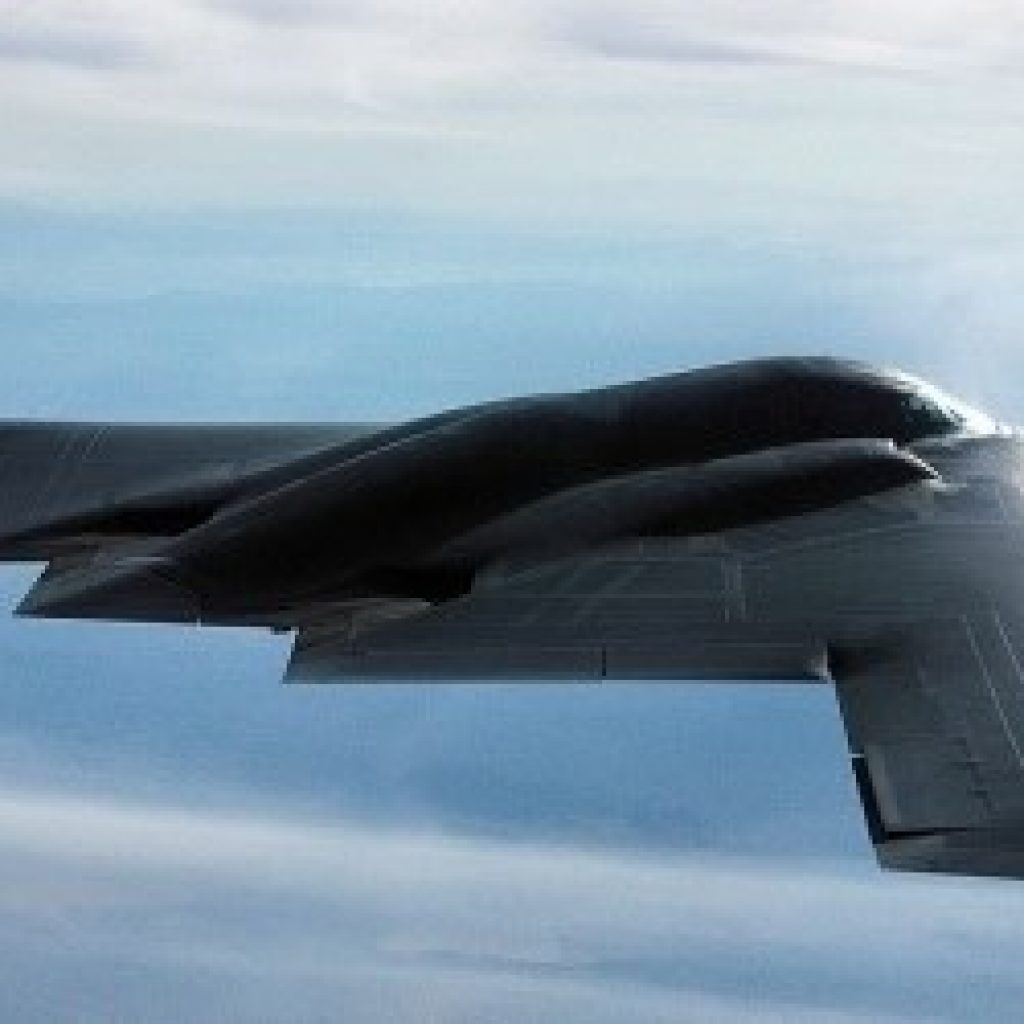(E&T) Stealth planes currently go under the radar, but the higher definition promised by quantum radars could may be used to expose them in the future. Quantum radar, due to the unique behaviour of quantum entanglement, could, among other things, “un-stealth” aircraft by detecting objects with a greater level of accuracy than conventional radar.
In October 2018 the US Navy designated the electromagnetic spectrum as a warfighting domain on par with sea, land, air, space and cyber. Last year, China’s biggest defence electronics company, state-owned China Electronics Technology Group, announced it had developed a next-generation “quantum radar system” that, it claimed, can detect ballistic missiles and other objects flying “at high speed through space”. Two years previously, the group said it had tested a quantum radar to a range of 100km (60 miles).
Will anyone, realistically, be able to build a commercial quantum radar and if so, when? Lloyd, who produced one of the first papers on quantum illumination, says that while a large-scale quantum computer might be “a decade off”, a prototype quantum radar working in the field could be merely “five to ten years” away.
“There is still some fundamental science to be done, but in a couple of years it will no doubt have more applied engineering that can turn it into a real technology – all contingent on funding,” says Seth Lloyd, a professor of mechanical engineering and physics at the Massachusetts Institute of Technology.
